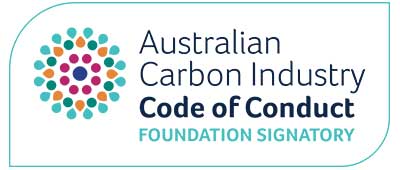Sharing savanna
Australia has made a cracking start at measuring savanna fire emissions and converting this into projects. For Indigenous people, there are already 23 projects which have locked in about $80 million in value. So we are taking this leading technology to the world right?
Sort of.
The United Nations University Traditional Knowledge Initiative led a $2 million International Savanna Fire Management Initiative, financed by the Australian Government. The aim of the project was to assess how well the Australian approach could be transferred overseas. It looks promising but the project’s up and further funding is unclear.
Let’s take a step back.

Map showing global fire activity. Source: Global Fire Emissions Database
Fire emissions are measured from the amount of methane and nitrous oxide released. These are both strong greenhouse gases. Carbon dioxide is also released but tends to be reabsorbed when savannas and woodlands regrow. Global fire emissions are about 2 GtCO2-e when accounting for this regrowth or 6% of total global emissions. Savanna fire emissions account for nearly two thirds of this total. So it’s a big global player.
Now most of these savanna emissions come from Africa—71%. South America also has around 12%. Australia accounts for 7%. So most savanna emissions are from Africa but Australia is still one of a handful of countries with broadscale savanna emissions.

Map showing global fire activity variations past and forecast. Source: NASA
These emissions may be on the move. The global history of fire is intriguing. It was pretty constant for a long time, but started rising significantly about 200 years ago as development ramped up and land was cleared and burnt for agriculture. About 1950 this reversed again as clearing slowed down and modern fire suppression took over. However, NASA predicts that fires will increase again in the future, especially in fire prone landscapes likes savannas. We are already seeing some evidence of this with widespread bushfires in the US and Australia over the last 10 years.
So savanna emissions are global scale, most come from Africa and they might be on the rise.
This suggests an opportunity and a need, if suitable, to take Australian leading knowledge to the world to reduce emissions.
Which takes us back to Australia’s cracking start on this important greenhouse wedge. Australia has a well developed system for measuring these emissions and accounting for them in projects. It started 20 years ago with research through CSIRO and later Bushfires NT. In 2007, the Australian Government chipped in $9 million to really get a handle on these emissions through a project shepherded by the North Australian Indigenous Land and Sea Management Alliance. A method to undertake projects was launched in 2012 with further improvements in 2013 and 2015. The method is based around shifting hot fires in the late dry season to the early dry season when fires are cooler and less damaging.
To give this work international leverage, ISFMI hosted exchanges with international representatives in the Northern Territory in 2013 and 2014. Further exchanges followed in Namibia in 2014 and Indonesia in 2015 to showcase the trends and challenges of traditional fire management and give exposure to the Australian approach. Finally, the ISFMI undertook regional assessments in Africa, South America and Asia to explore the possibility of taking the Australian approach overseas. It could be. African savannas were found to most resemble Australian conditions, while diversity in South America and fragmentation in Asia mean locations need to be more selective. Pilot sites have been tentatively identified in the Trans-Fly region of Indonesia and Papua New Guinea and the savanna woodlands of the Caprivi/Zambezi region of northeast Namibia. The next stage of the ISFMI project is currently stalled for want of funding.
The rebuilding of traditional fire management is having a profound impact on landscapes and communities in northern Australia. It’s also creating land management businesses in remote areas where opportunities are few. The rangers are proud.
It feels like we could do more to share our savanna success with everyone.























